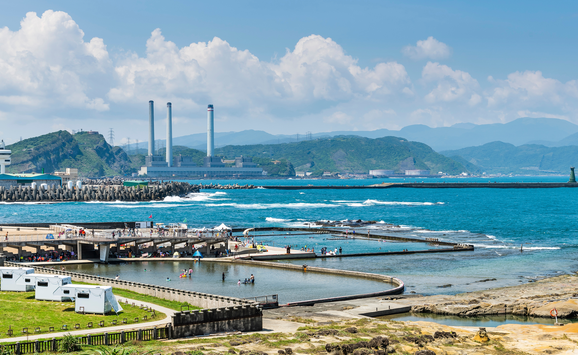Resources for the Future is investing in research that tracks US economic productivity and competitiveness against other nations, across a range of emitting sectors, and across varying rates of clean technology innovation.
To decarbonize the economy—globally, and domestically in the United States—new technologies will need to be adopted across all sectors that are energy and carbon intensive. Clean energy technologies will be critical, such as renewable energy resources and batteries, but climate technologies go far beyond technologies that deliver or store clean energy or electricity. Technologies that enable the electrification of industry, facilitate the production of clean molecules, or capture carbon also can play an important role in decarbonizing the economy. In many cases, the question of who will dominate these technologies is still open, with all possibilities in play.
For many cleantech options, however, China has become highly competitive; for example, in the production of solar photovoltaics, batteries, and electric vehicles. These clean technologies often require a new set of critical minerals, the processing of which China also dominates.
Dependencies on critical resources in a time of geopolitical tension creates its own concerns. Chinese strength in the manufacturing of cleantech, in turn, is part of the country’s general competitiveness in industrial manufacturing, much of which gets exported to global markets.
The question of which countries will be competitive in future climate technologies and manufacturing industries will be critical, both for climate policy and for other economic and political reasons.
Trade and competition with China, including for climate technology, therefore has risen to political prominence in the United States, but also elsewhere around the world. The concerns range across purported unfair trade practices, protectionist industrial policy, intellectual property, and the general impacts of a huge economy becoming a powerful exporter in sectors that used to be a source of domestic economic strength in Western countries.
The question of which countries will be competitive in future climate technologies and manufacturing industries will be critical, both for climate policy and for other economic and political reasons. The United States (but also its competitors, allies, and adversaries alike) will need to balance environmental performance, domestic manufacturing competitiveness, affordability, and security. Trade-offs are inevitable. Climate and energy policies might merge with policies related to innovation, trade, industry, and even national security.
At Resources for the Future, we plan to analyze this economic landscape of current and future climate technologies, who is or can be competitive in what sectors, and how all these considerations dovetail with other policy and political goals in the United States and globally.






